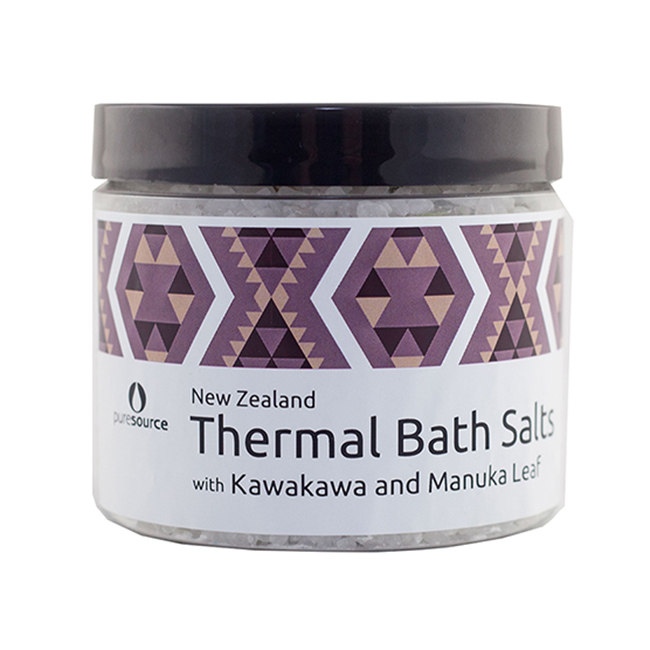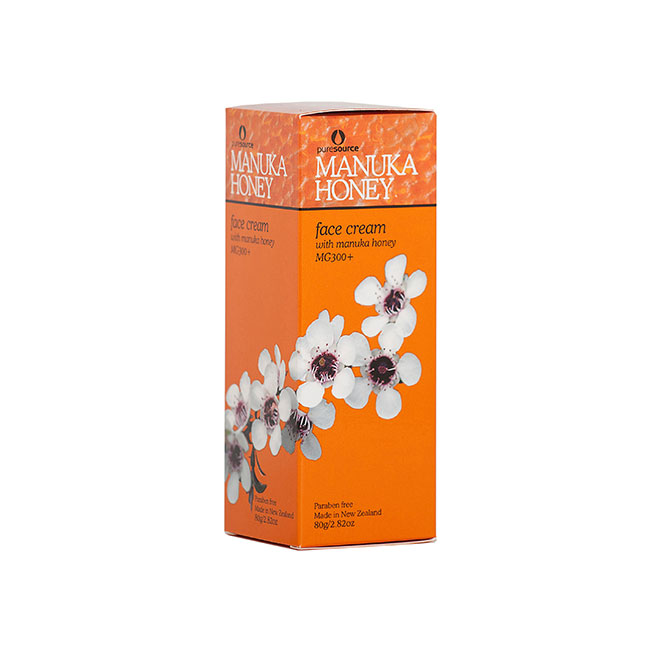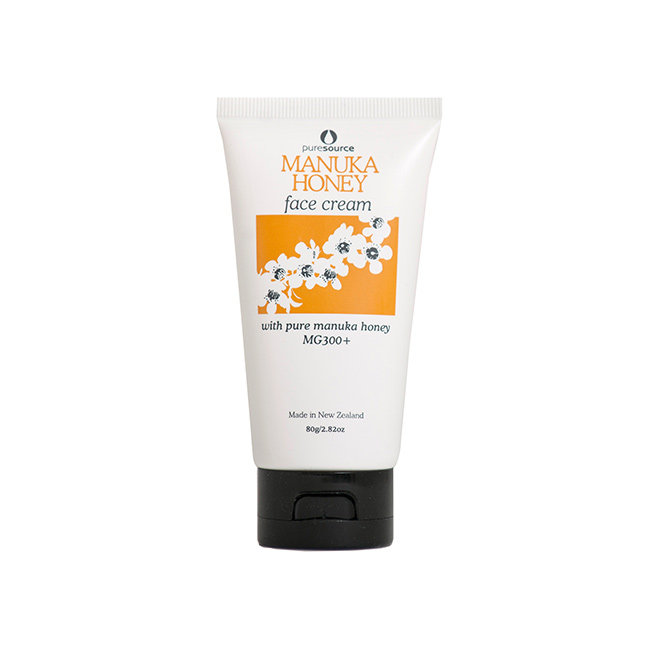A little plant from New Zealand has taken the worlds honey industry by storm.
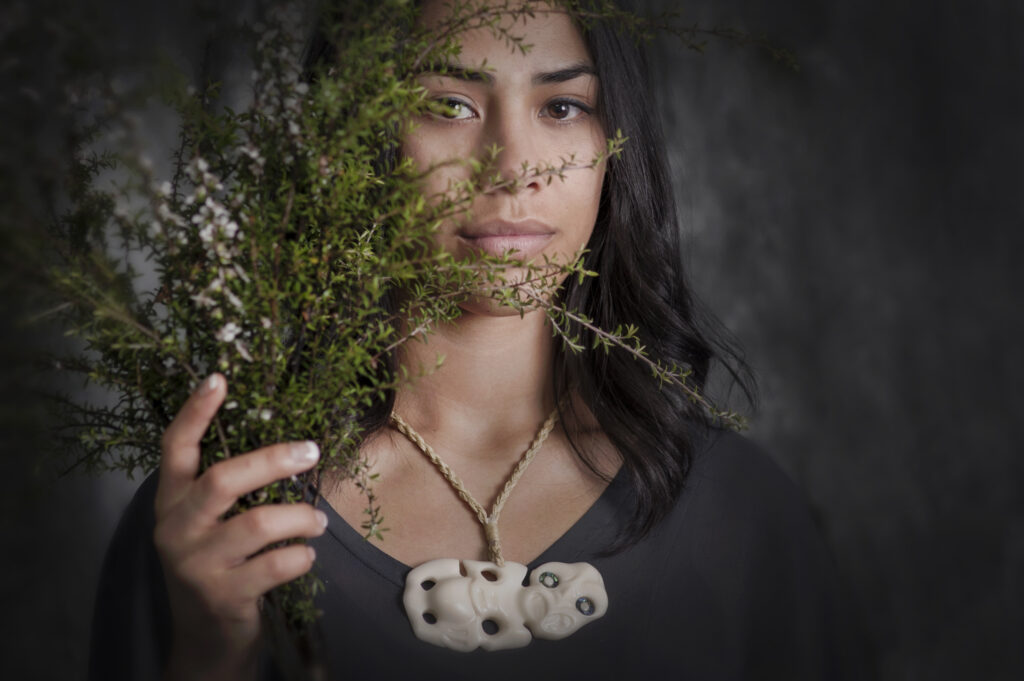
As a native the only place to create Mānuka honey is on the beautiful lands of New Zealand.
Bees have to be on their game to make the most of the Mānuka plant. With Mānuka plants only flowering for a very short season. September through to March at latest, the bees only have a short time to access the pollen to create the wonderful Mānuka honey. Realistically as most plants only flower for a fraction of that time its a wonder we get any Mānuka honey at all.
To add to the challenge the Mānuka flowers will not release their nectar if they deem the weather on the colder side.
Being a native plant in New Zealand comes with its challenges but luckily for us our bees seem to be particularly attracted to its delicate flowers.
Mānuka trees are fortunate enough to have a cousin, the Kānuka tree which is also native to New Zealand. Although these plants are often mixed up due to their similar appearance. Along with being on the shorter end (6-8m high) vs Kānuka’s (13-15m) you’ll notice the telltale prickly leaves of the Mānuka tree which are rounded compared to its cousins elongated shape. When compared the Mānuka flowers are noticeably larger although they’re both equally as lovely to look at. Mānuka Honey goes through rigorous lab testing ensures we know exactly what type of honey has been created.
Mānuka trees sadly have only a short lifespan lasting a maximum of 60 years. For this reason New Zealand has taken action to help cultivate and redistribute seedlings. As it currently stands 6% of the total land area in New Zealand is covered by Mānuka and Kānuka.
Although small and often temperamental this little plant packs a lot in. Not only is Mānuka amazing for erosion, weed and pest control it can grow in areas most natives dislike such as swamp land. While it helps the land thrive it brings us the wonderful gift of Mānuka honey and Mānuka oil which are both big in the New Zealand agriculture circles. Mānuka wood is also highly sought after for its flavour infusion for smoked fish. Its leaves have often been used to brew tea and the native Kakariki bird is fond of chewing the leaves before preening. Clearly we liked the way this bird thinks. Mānuka honey is a crucial ingredient in a large number of our products. We loved the results so much that we created an entire skincare line focused on it’s main contributing ingredient; Mānuka Honey.
Made locally in Rotorua our skincare is suitable for all skin types and every day use.
-
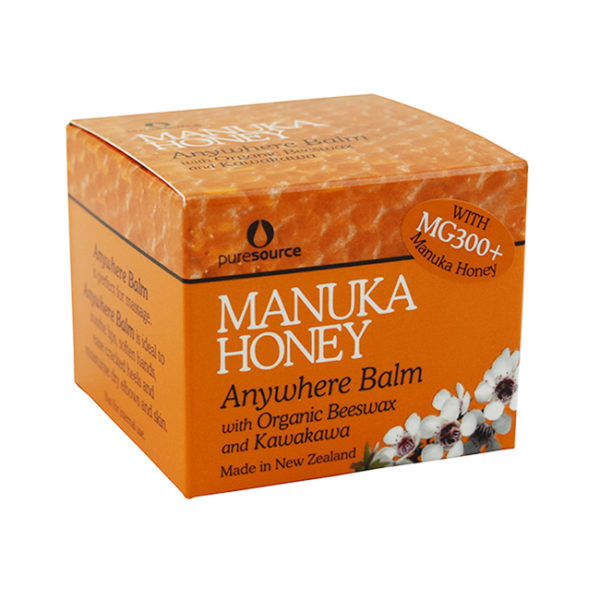 Manuka Honey Anywhere Balm – 45g$20.70
Manuka Honey Anywhere Balm – 45g$20.70 -
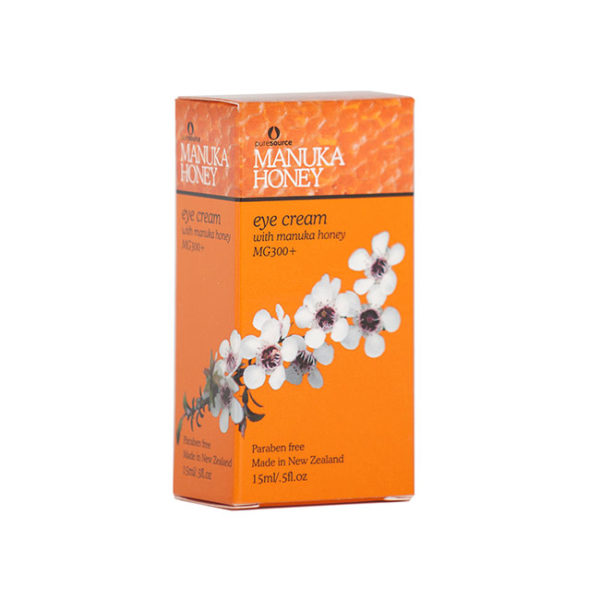 Manuka Honey Eye Cream – 15ml$13.35
Manuka Honey Eye Cream – 15ml$13.35 -
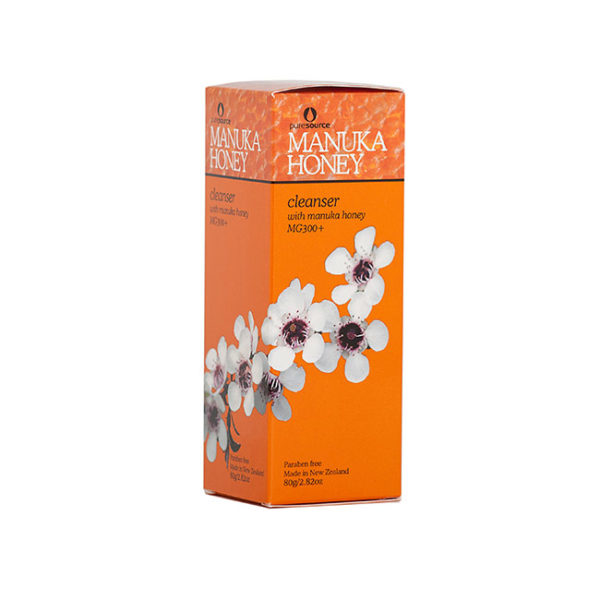 Manuka Honey Cleanser – 80g$17.70
Manuka Honey Cleanser – 80g$17.70
